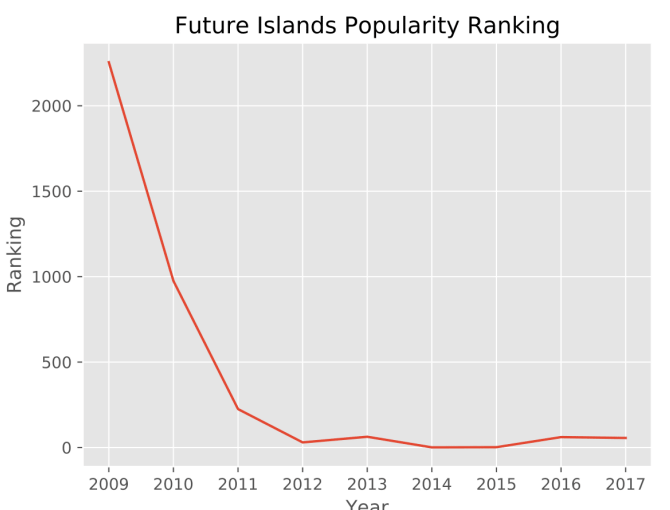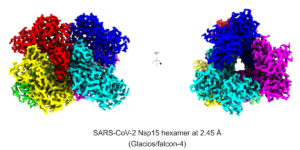
Computer science PhD student Shushan Arakelyan, who attended music school in her native country of Armenia for seven years, is the lead author of a new study aimed at predicting the likelihood of success for musical artists. Photo/Caitlin Dawson.
Move over, talent scouts. Artificial intelligence could help sniff out the next big thing in music by looking at the venues where musicians perform, according to a new study by a team of computer scientists at USC Viterbi’s Information Sciences Institute.
The researchers trained an algorithm to predict the chances of an up-and-coming artist signing to a major record label within the next year by looking at data gathered from hundreds of thousands of concerts, artists and venues.
“We wanted to see if it was possible to predict a musician’s trajectory to see who’s going to become mega-successful by looking at the venues where they perform,” said USC computer science PhD student Shushan Arakelyan, lead author of the study published in ACM Hypertext, July 12.
“We also wanted to examine if there is an intrinsic connection between an artist’s success and their performance at elite venues and whether this can give us any information about the stage an artist is at in their career.”
While other methods have successfully predicted a star’s rise to success, the USC study is the first to determine an artist’s popularity based on patterns in performance venues. The algorithm could help record companies and music producers get early artist recommendations, and may have broader business applications, such as predicting hit movies or TV shows.
“Previous attempts in forecasting a musician’s success have used various data sources such as social media measurements,” said ISI research director and principal scientist Aram Galstyan, Arakelyan’s supervisor and study co-author. “Using performance and touring data for finding statistically significant predictors of success is a novel and promising take on the issue.” For the purposes of the study, “success” is defined as a music artist that has been signed by a major label.

Trajectory of Baltimore-based band Future Islands through the lens of the Birank algorithm. The y-axis is the rank: lower is better. The chart tracks the band’s rise to popularity, culminating in the 2014 nomination of “breakthrough band of the year” by The Telegraph newspaper. This suggests the researchers’ framework can capture, and may predict, outstanding career trajectories.
The study was also co-authored by ISI computer scientist Fred Morstatter, USC computer science student Margaret Martin and ISI research team leader Emilio Ferrara.
Making it big
Revenue from live performances and tours has been consistently growing for years, projected to reach almost $12 billion by 2022. In light of this, live shows can help pave the path to a professional career in the music industry.
“Playing at top venues goes hand-in-hand with getting more digital listeners, which could increase the likelihood of an artist being signed with major music labels,” said Arakelyan.
To conduct their analysis, the researchers used data collected online music platforms Songkick and Discogs, combining information about artists, concert data and discographies. In total, the dataset contained 13,912 artists, 645,507 concerts and 11,428 venues collected over a 10-year period from 2007 to 2017.
They then ran the data through an algorithm that classified the artists as “about to be signed” or “not about to be signed.” Finally, they cross-referenced the output to see if those artists actually did get signed in real life. The researchers discovered the event data contained useful information that can be leveraged to forecast artists’ success with better than baseline accuracy.
The next step, said Arakelyan, is to better understand how the algorithm makes its decisions. This will allow the researchers to expand their predictions to include why certain musicians or bands are successful. After further refinement, it could also provide insights for up-and-coming musicians, such as which venues appear to be tied to future industry success.
In the meantime, Arakelyan encourages burgeoning music artists to add their information to repositories like Songkick and Discogs – not only does this help get the word out new releases and tours; the more data the algorithm has been fed, the better it will become at making predictions in the future.
Published on August 10th, 2018
Last updated on April 8th, 2021













